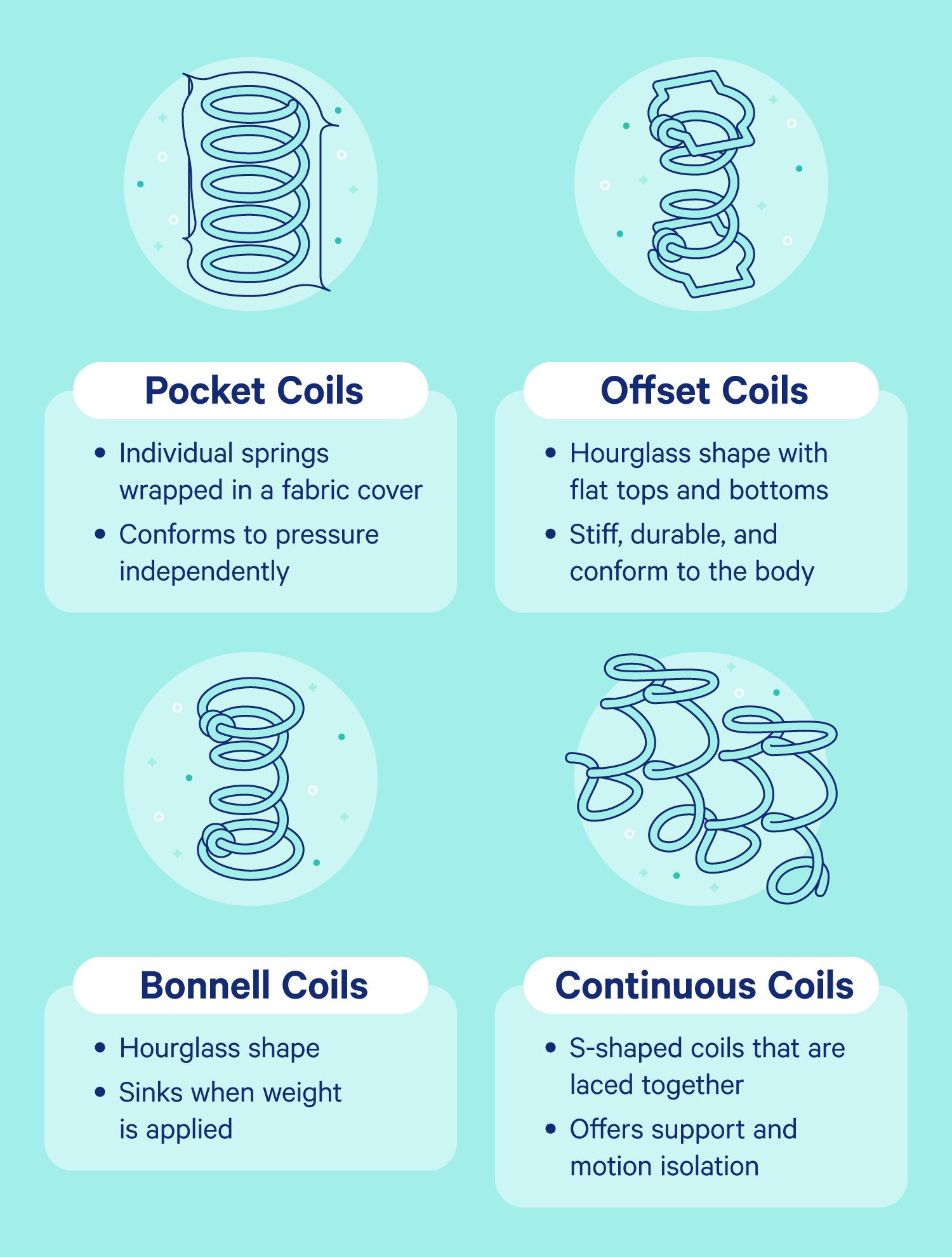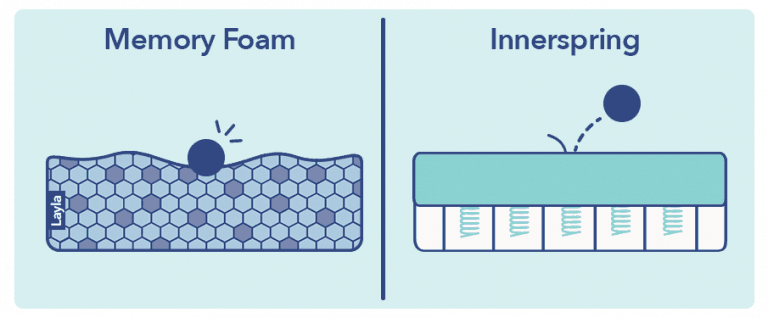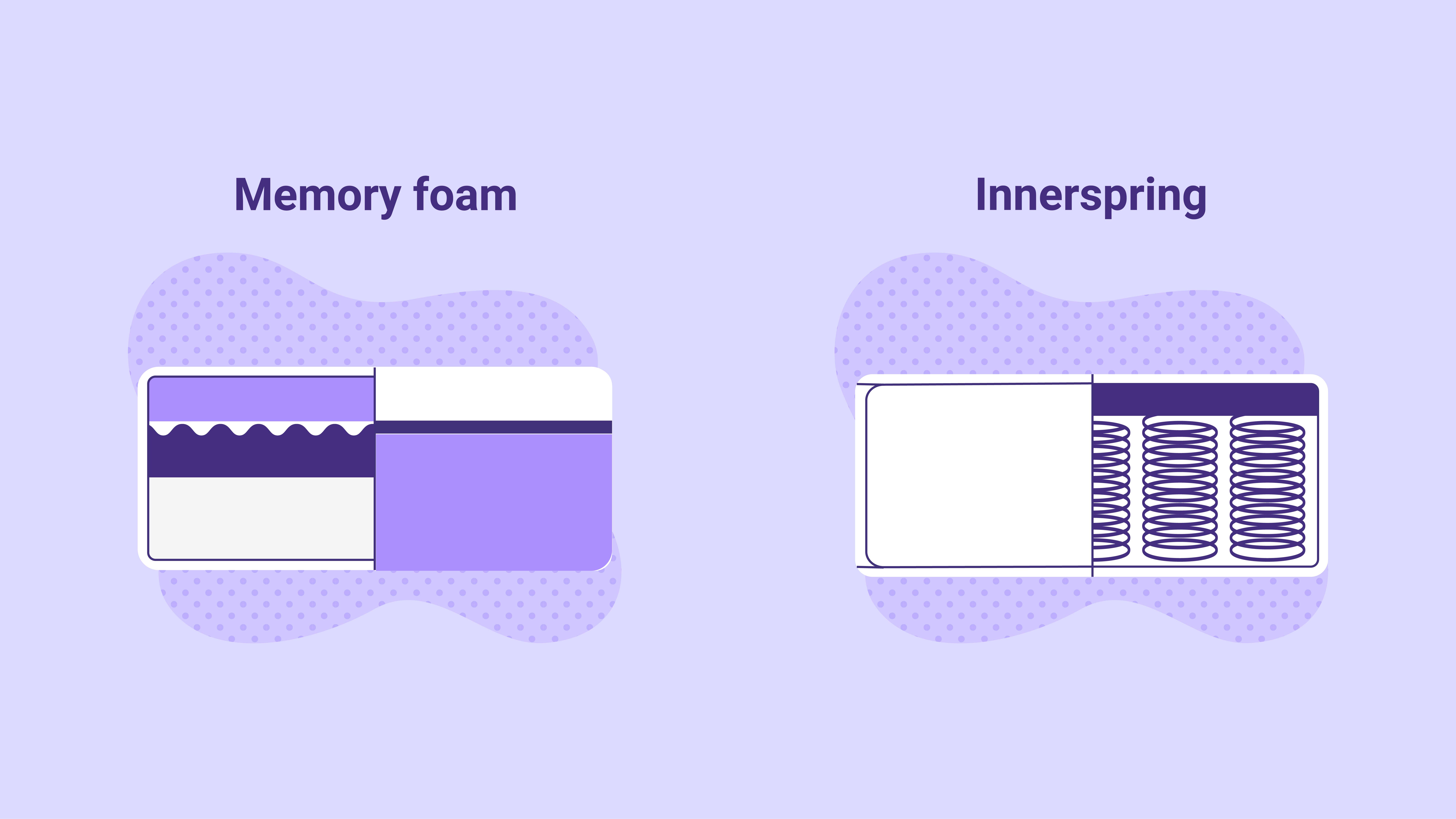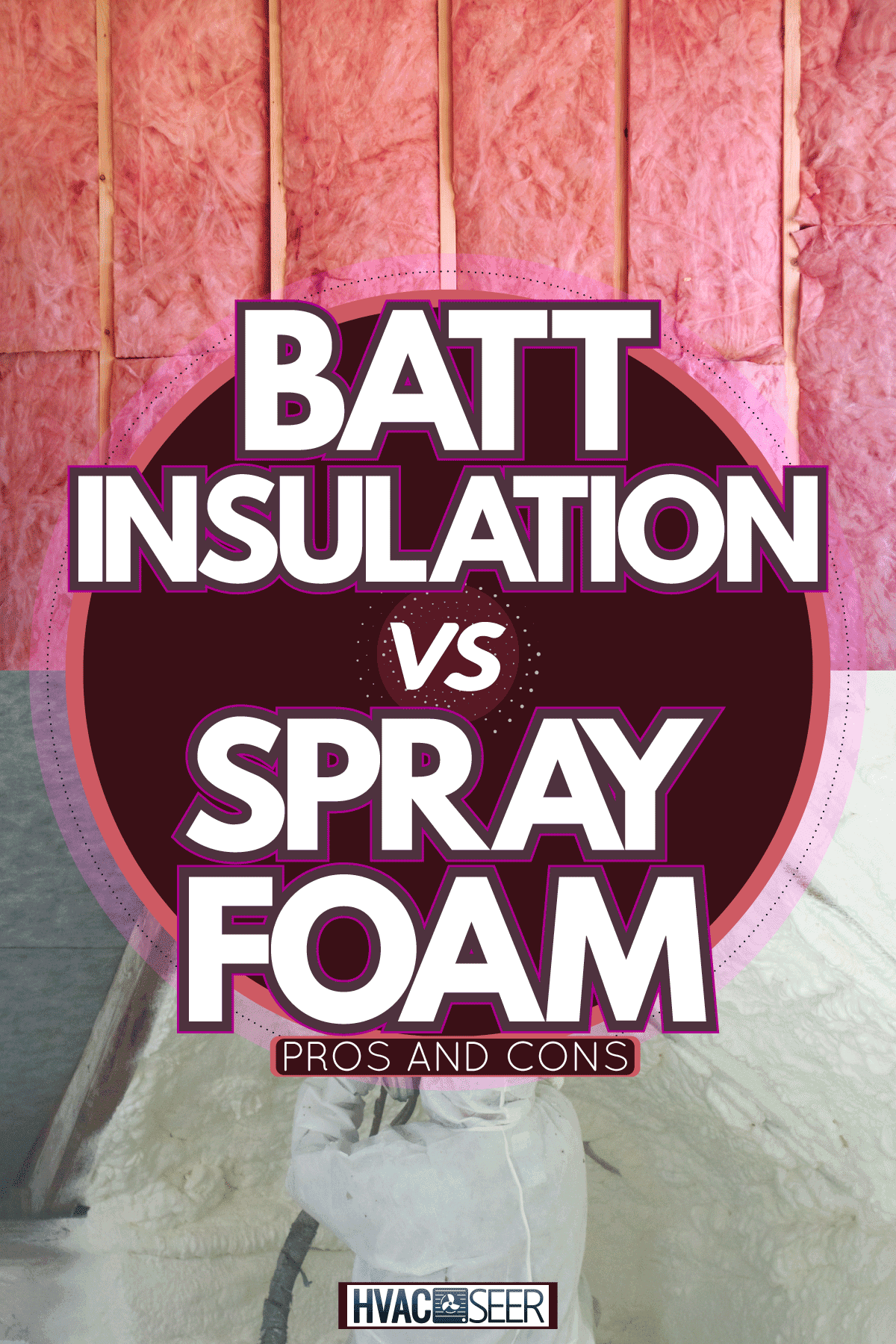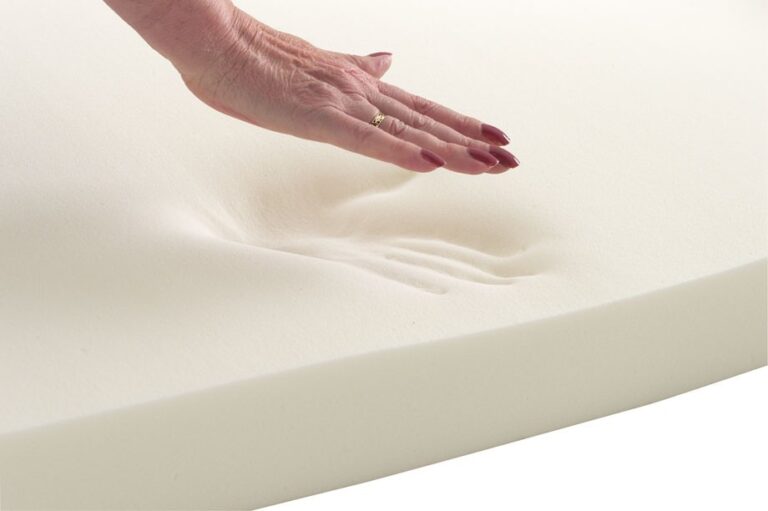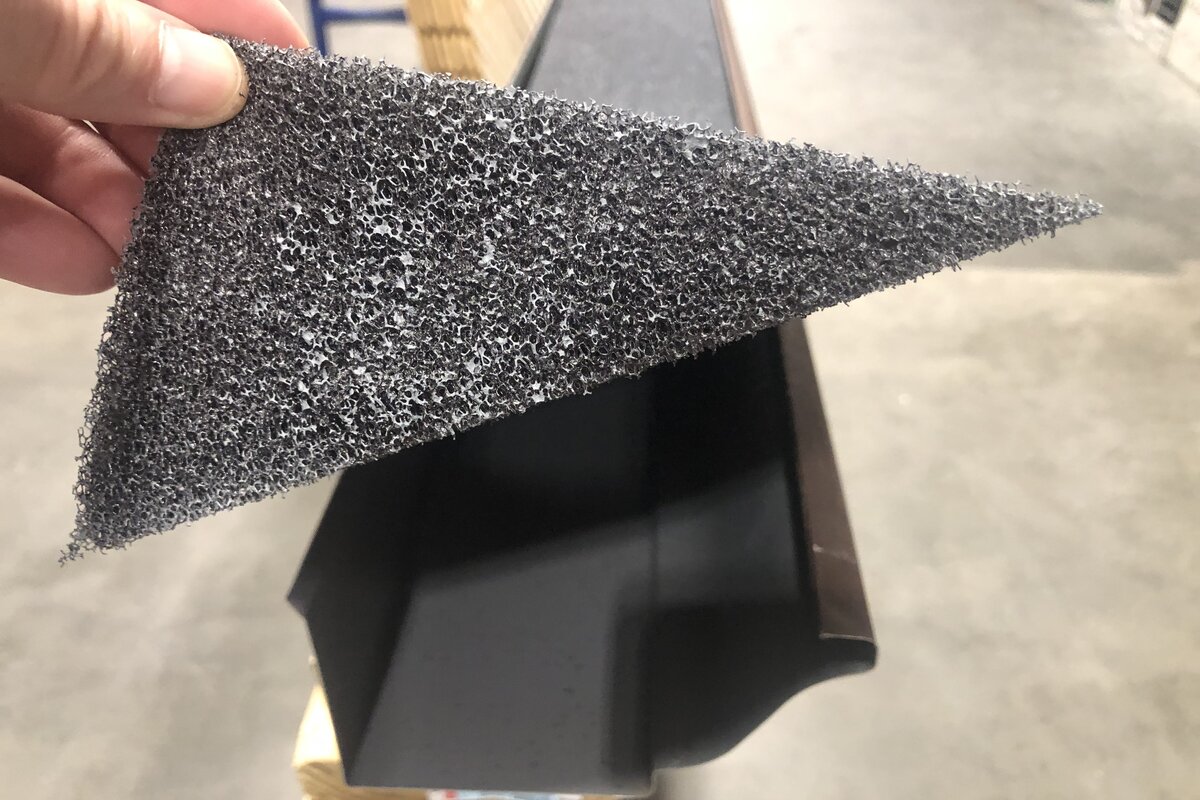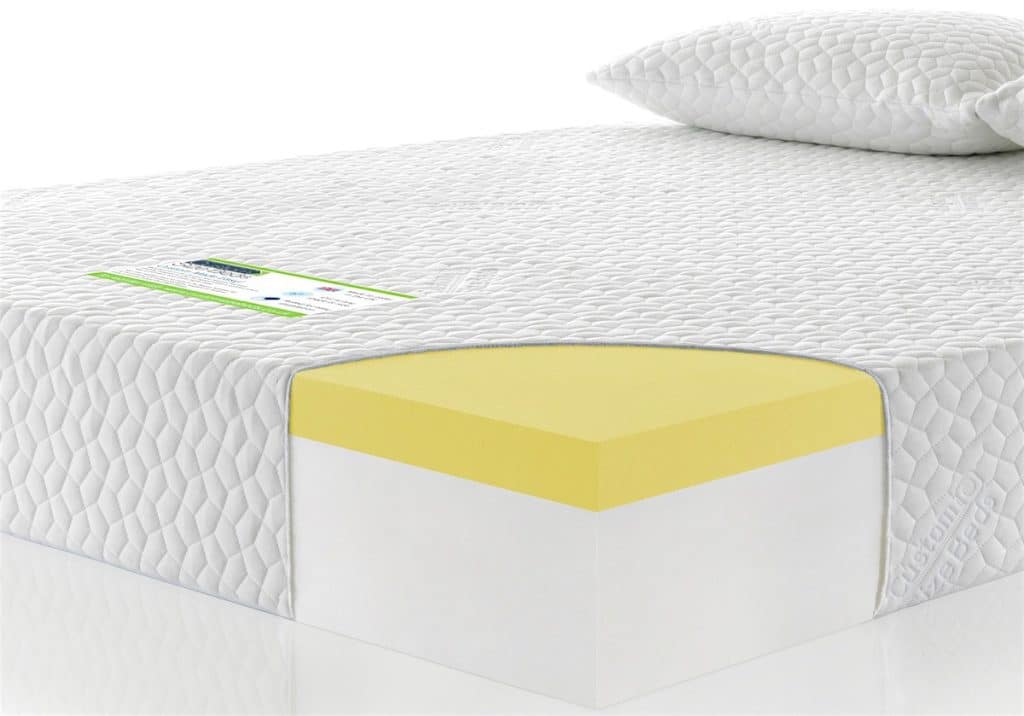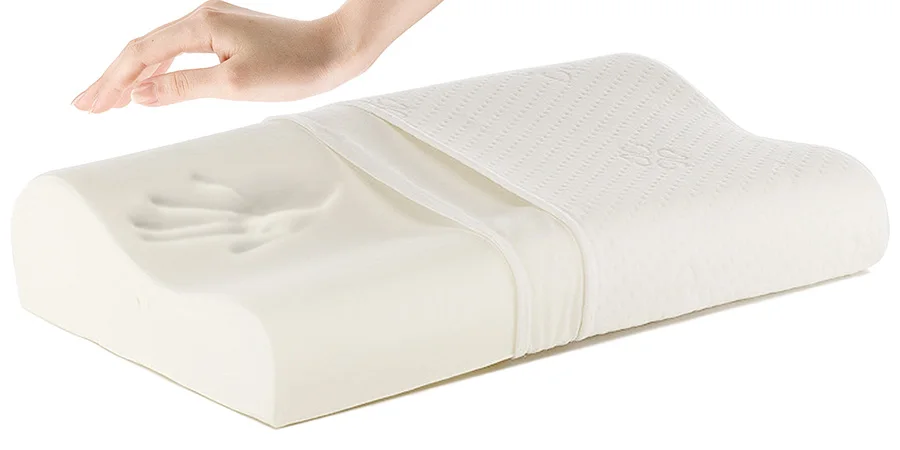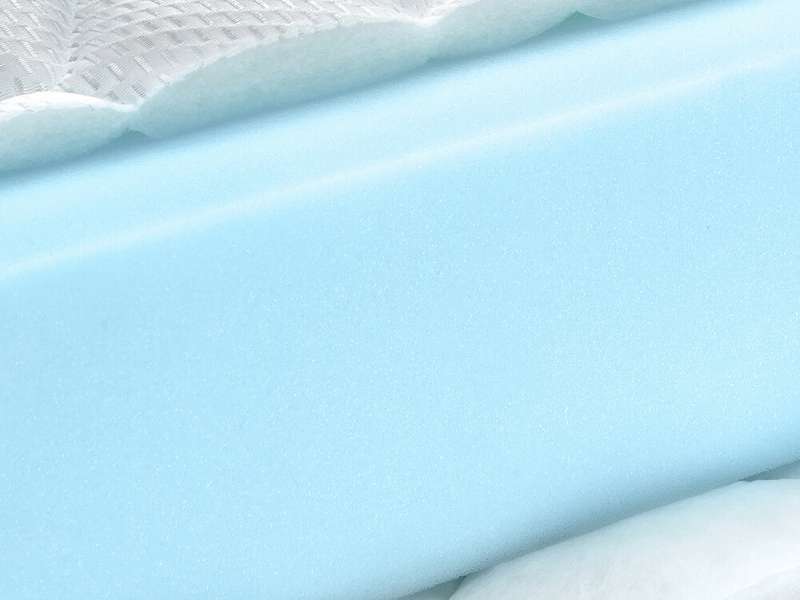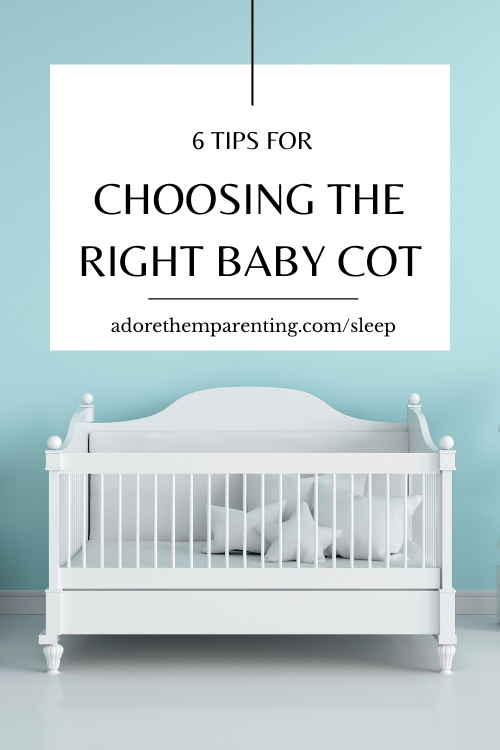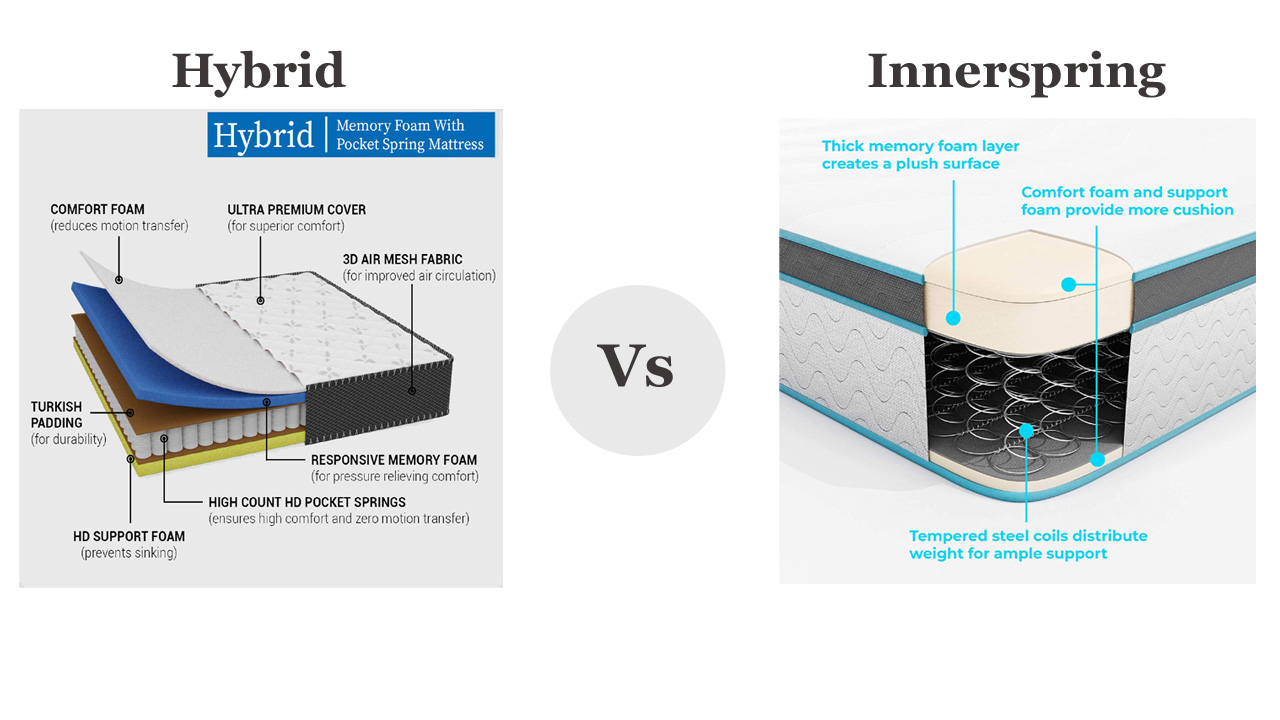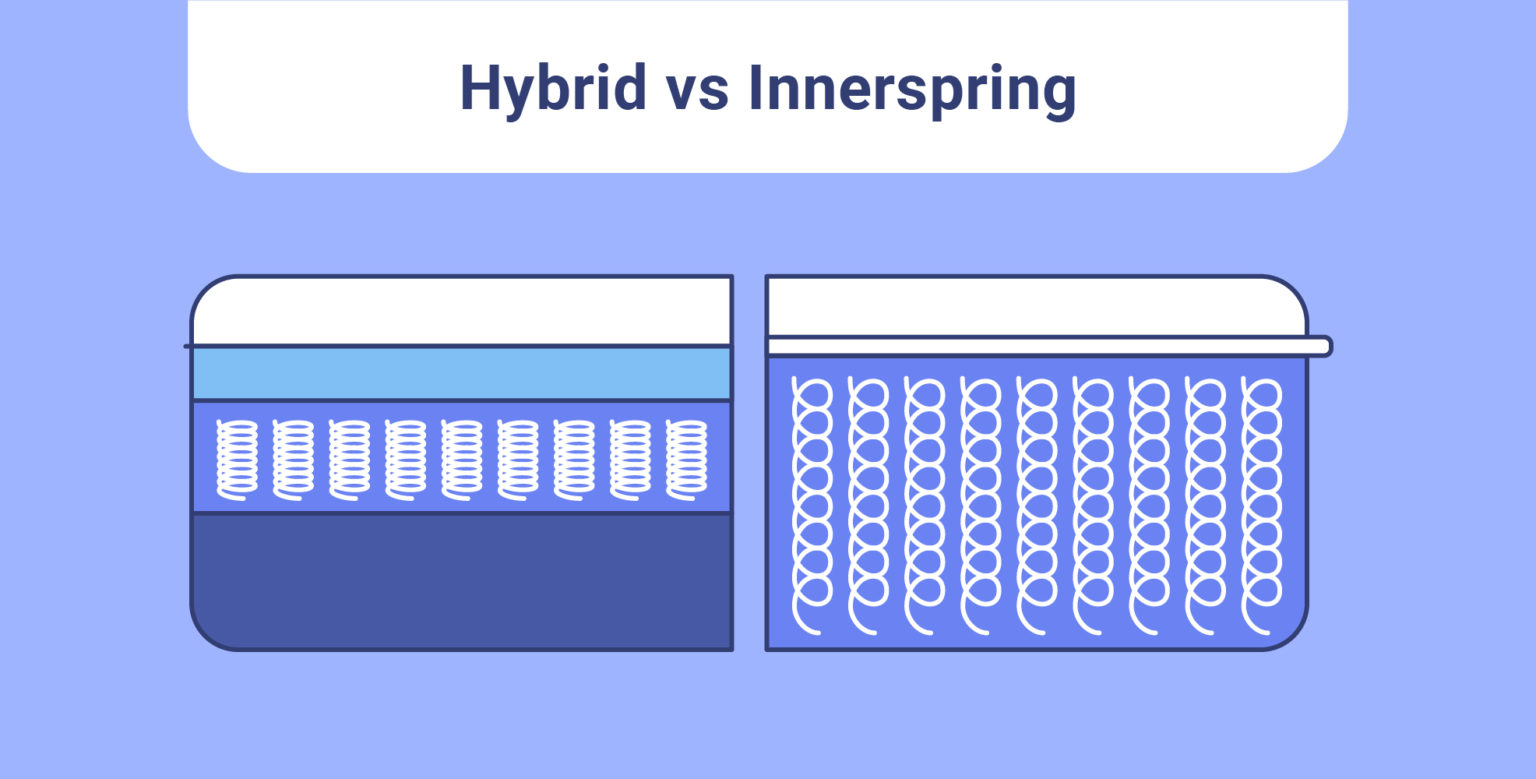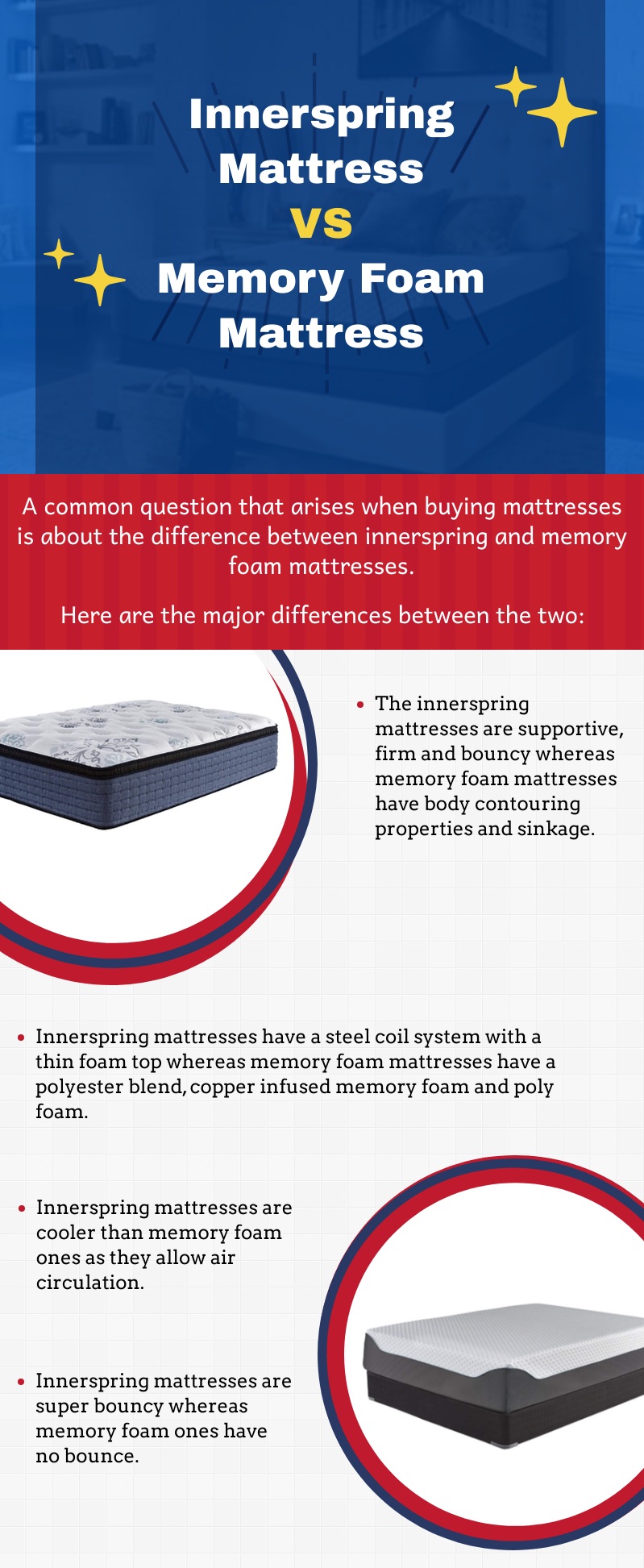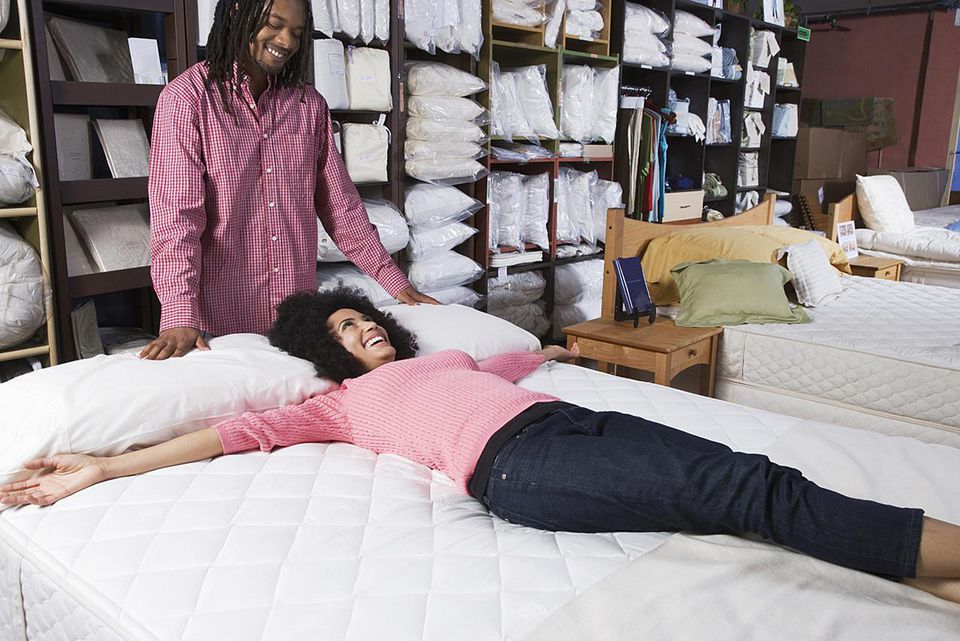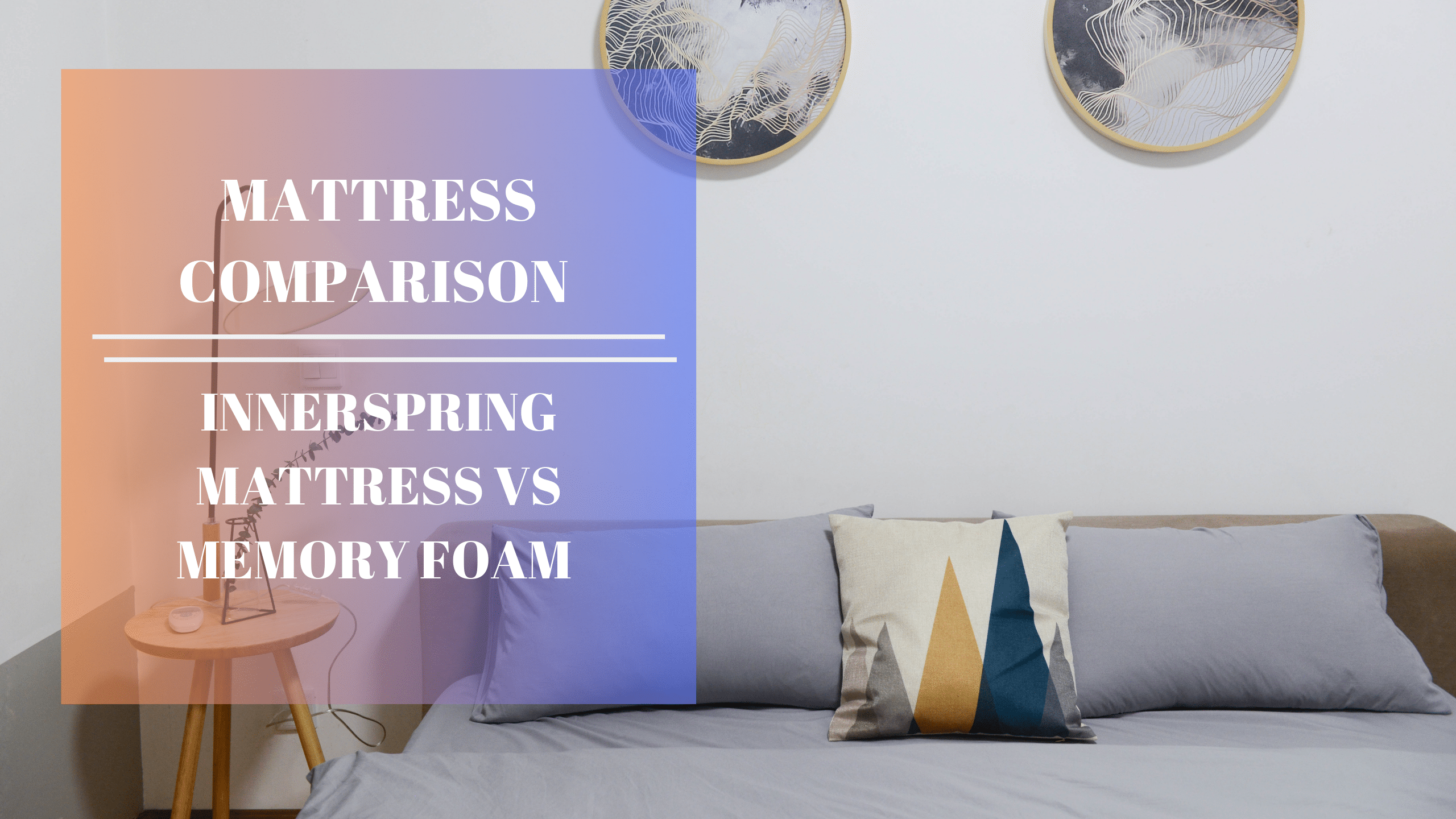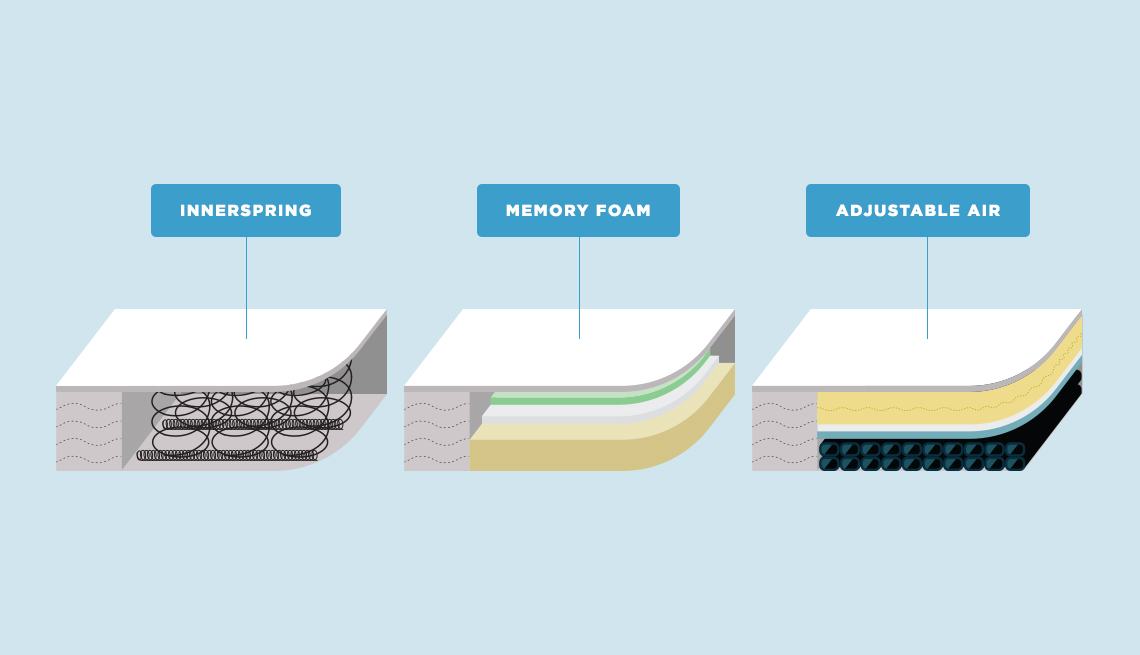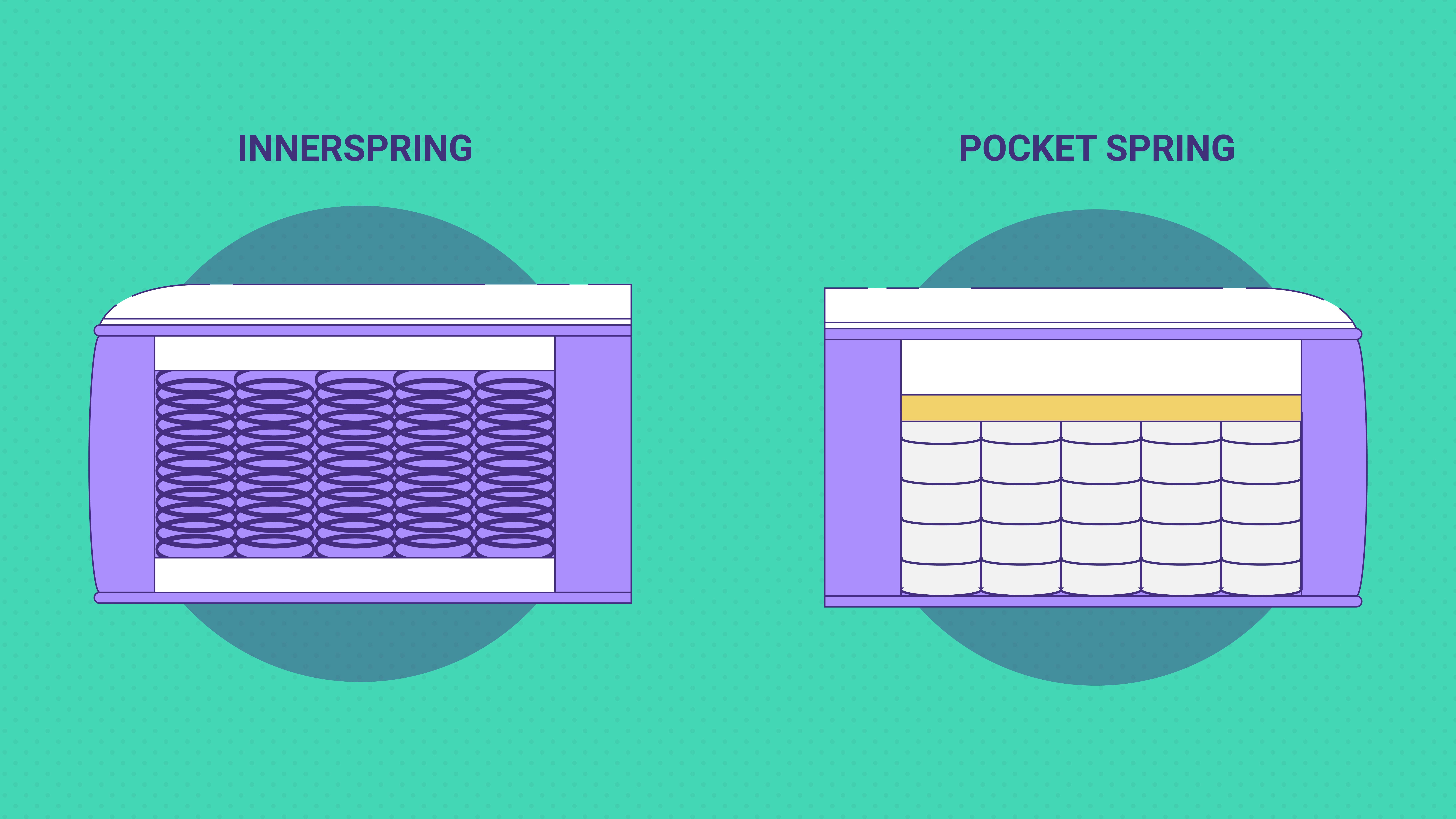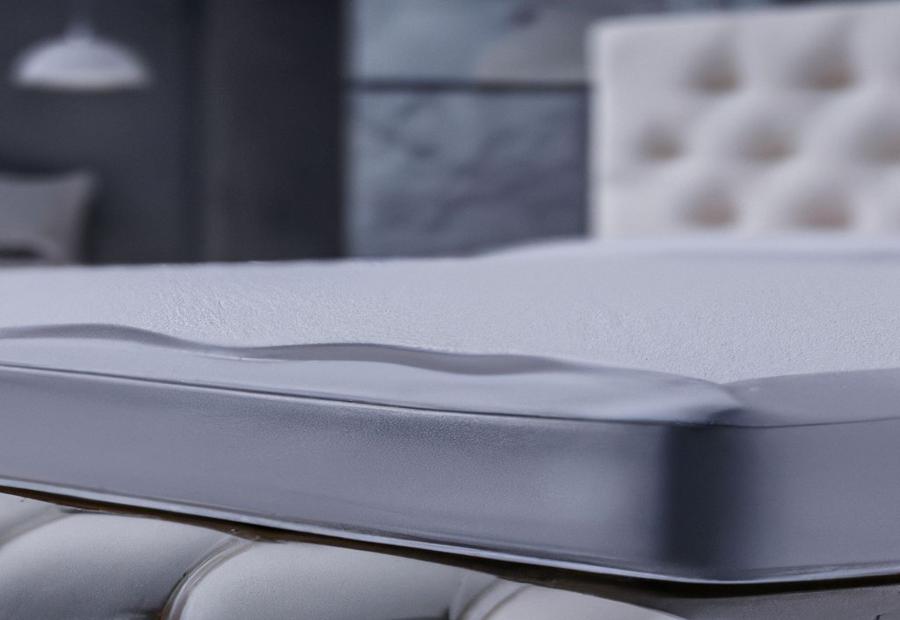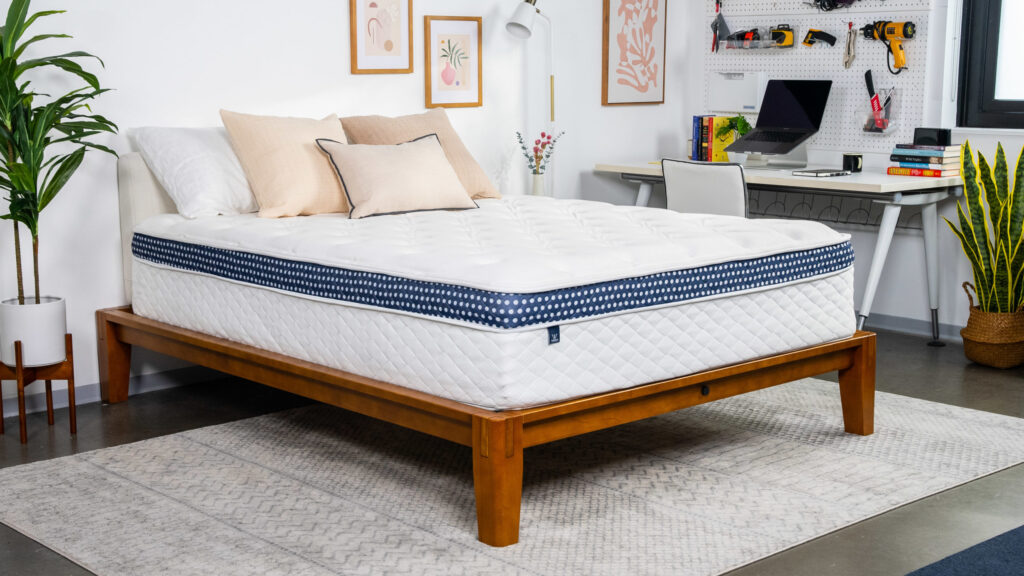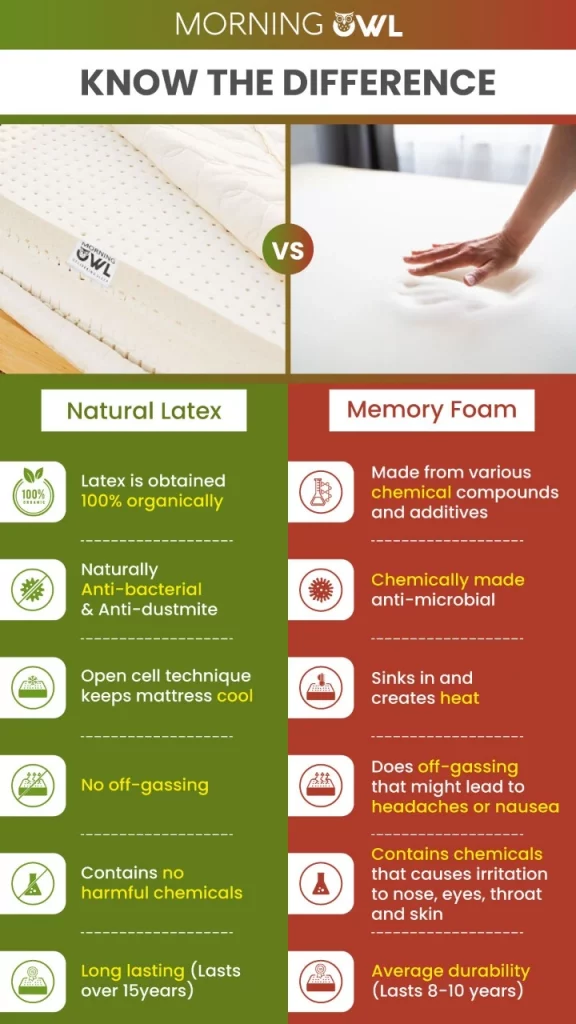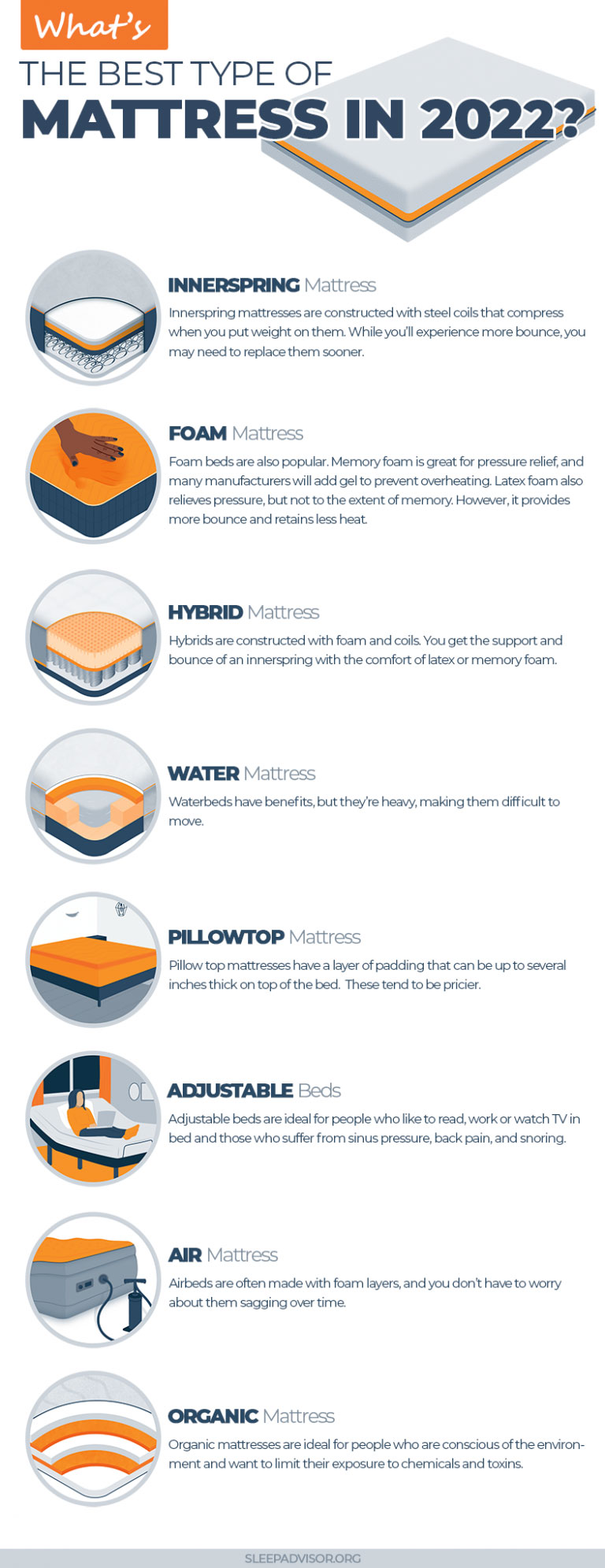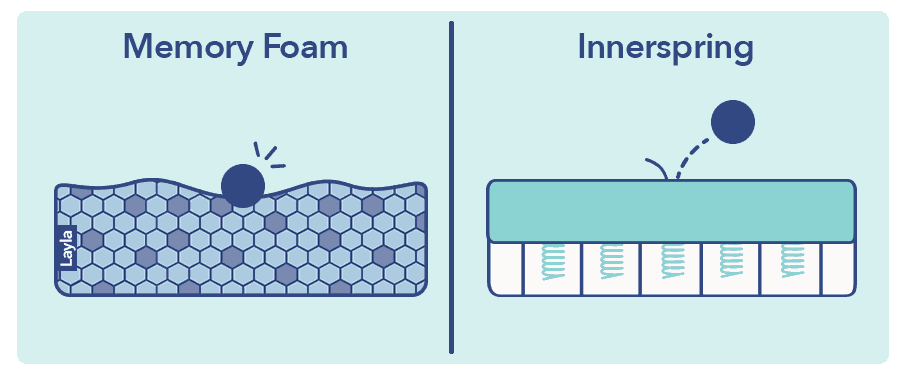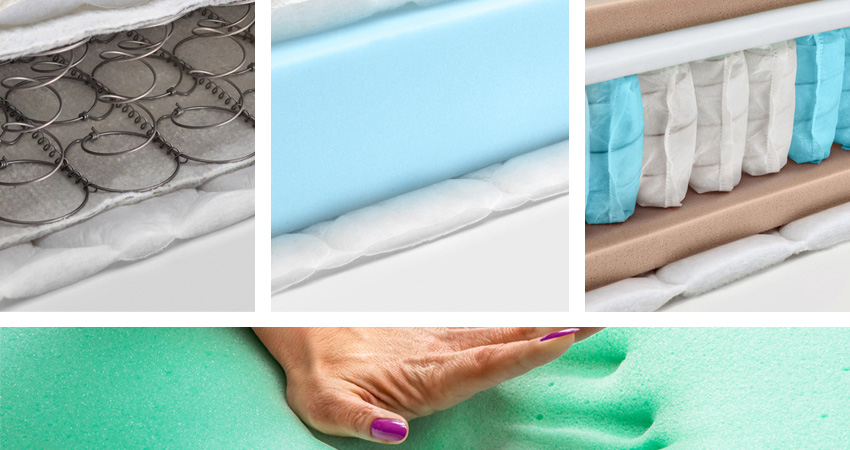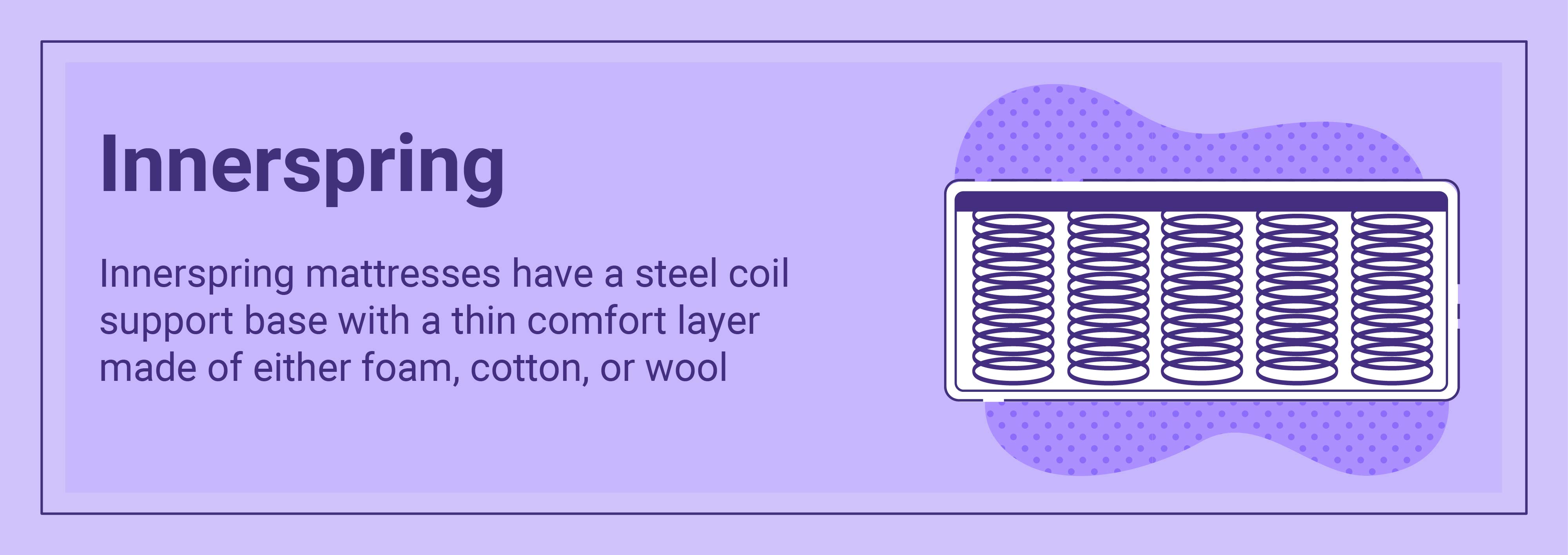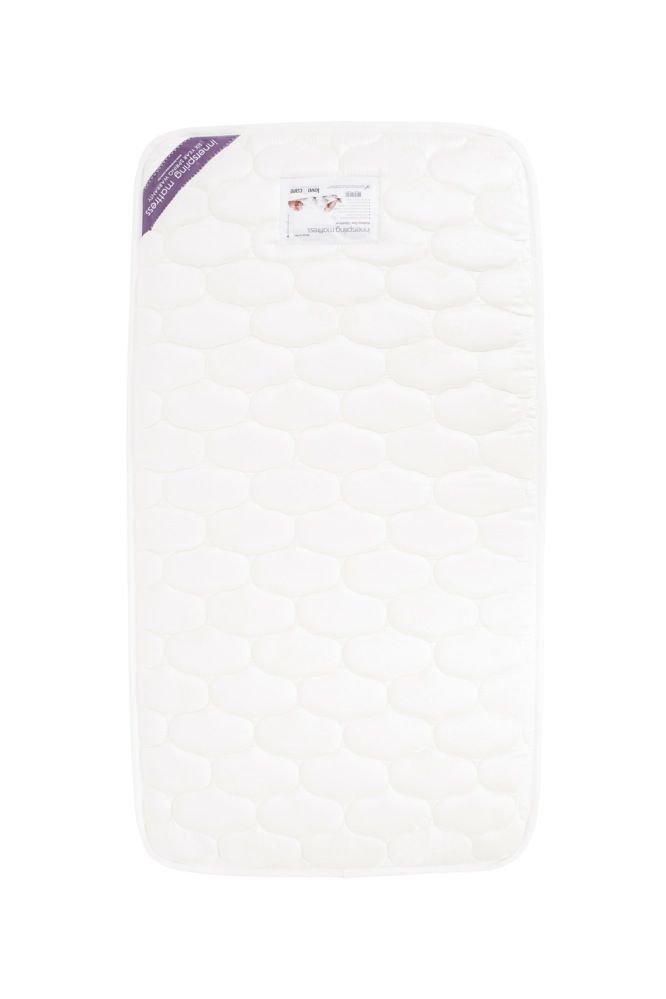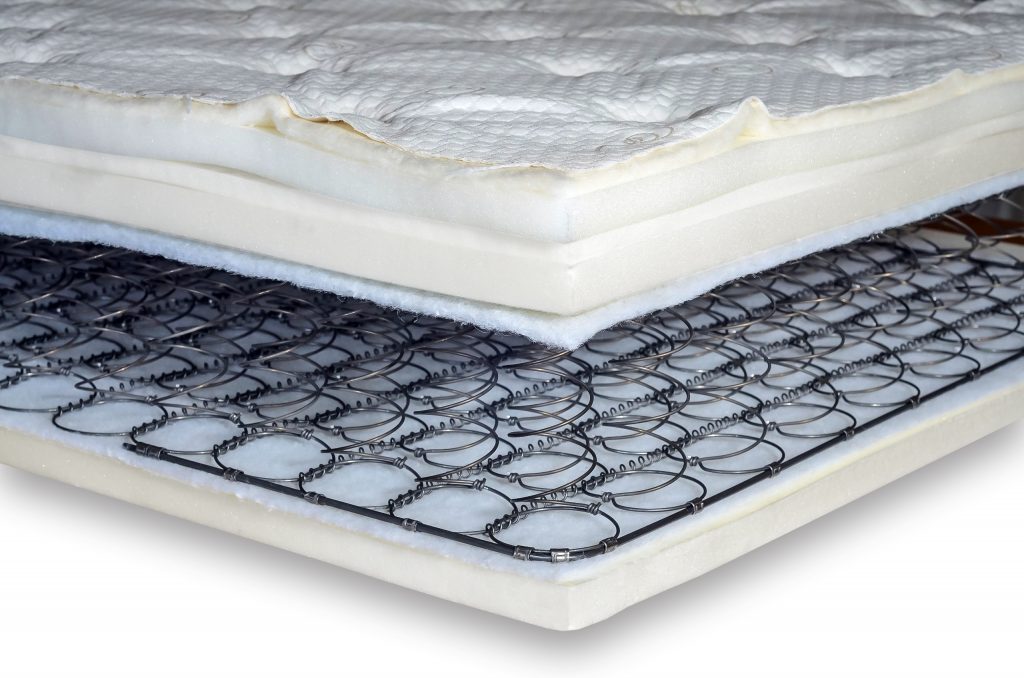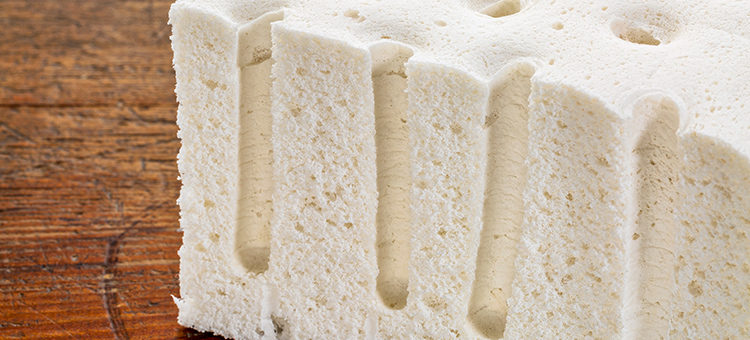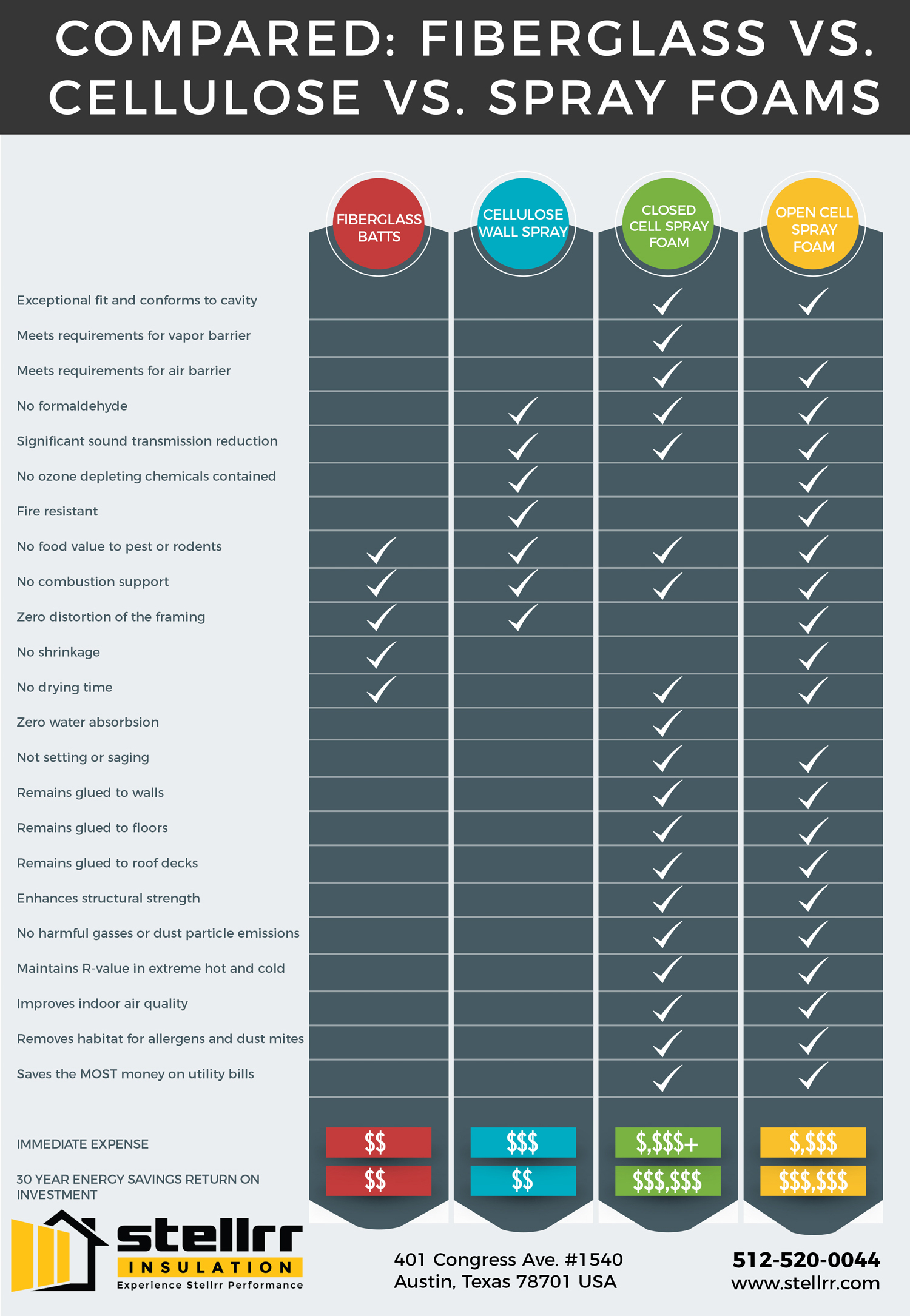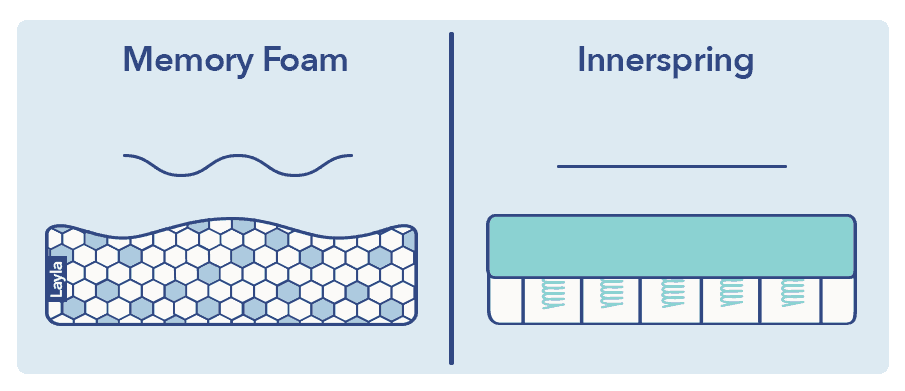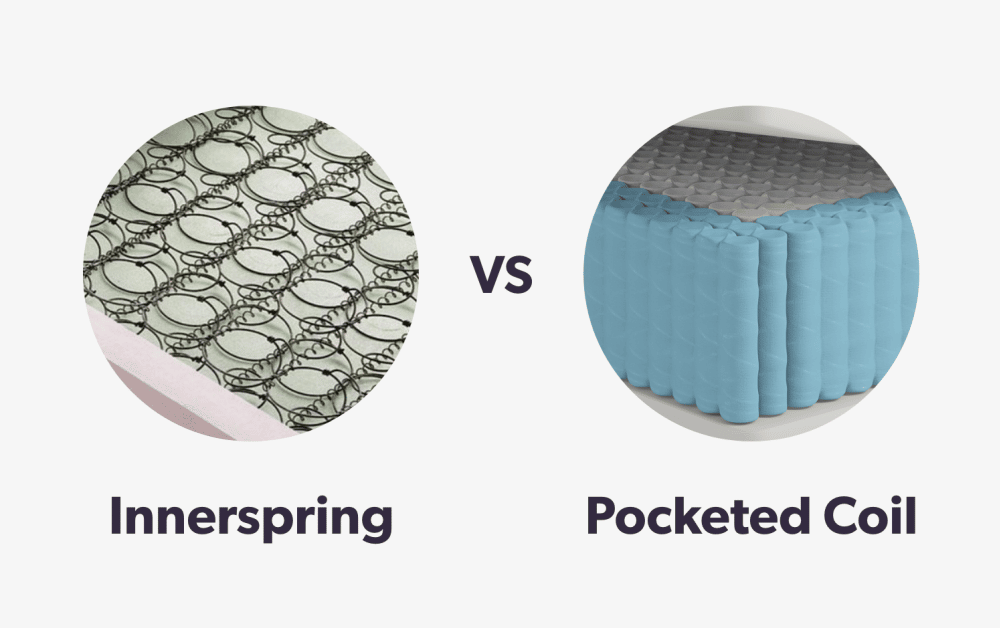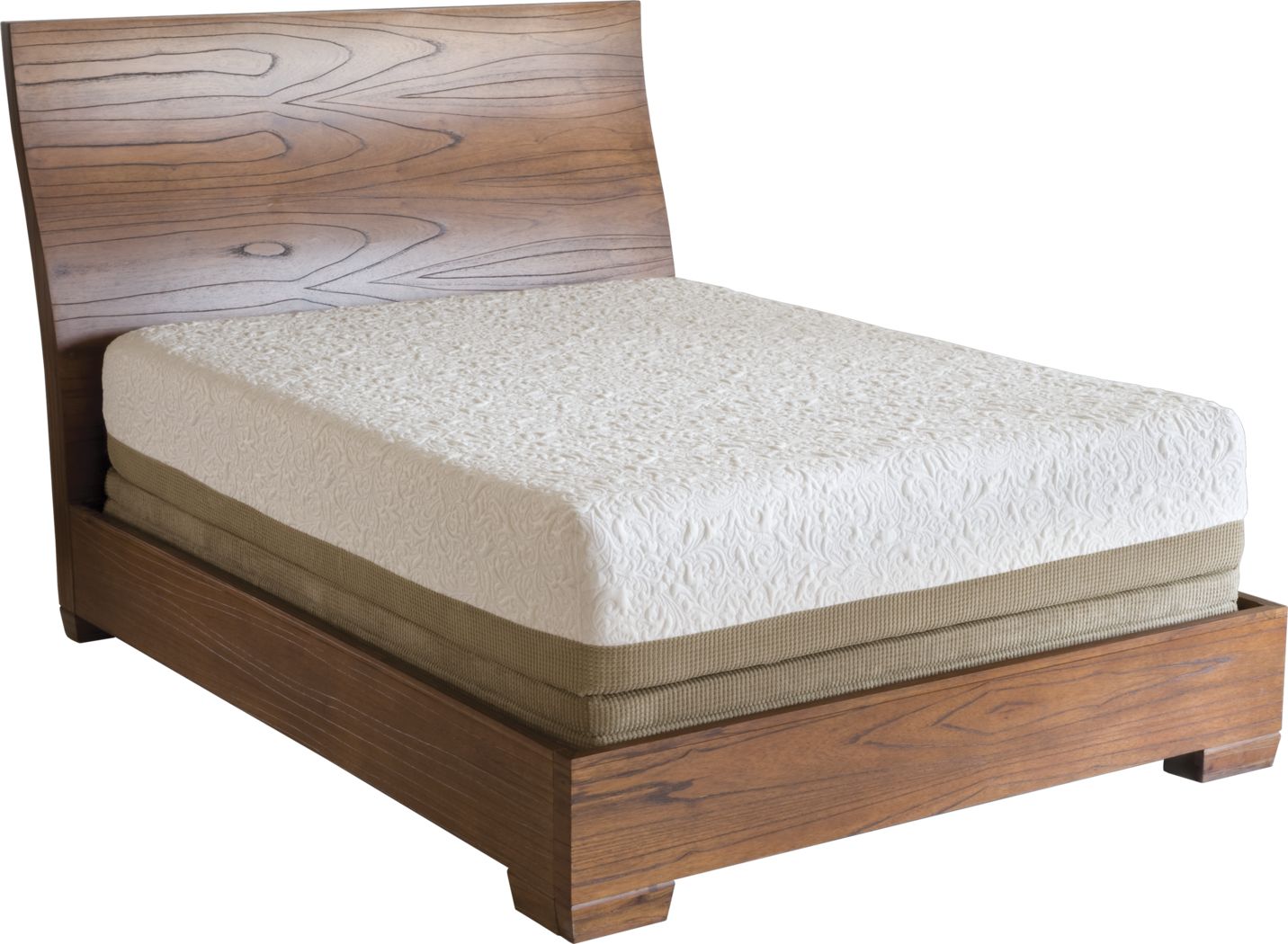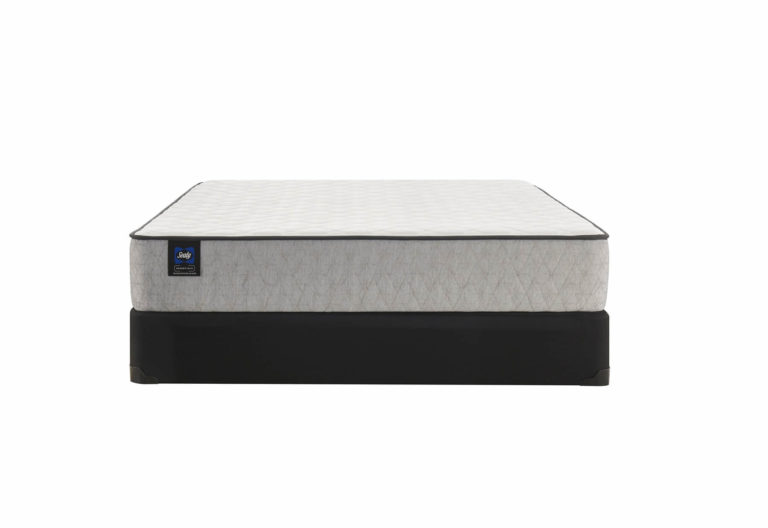Foam vs Innerspring Mattresses: Which One is Better for Your Baby?
When it comes to choosing a cot mattress for your baby, the debate between foam and innerspring mattresses is a common one. Both types of mattresses have their own unique features and benefits, making the decision a difficult one for many parents. But which one is really better for your baby? Let's take a closer look at the pros and cons of foam and innerspring cot mattresses.
The Pros and Cons of Foam and Innerspring Cot Mattresses
Foam cot mattresses are made from a high-density polyurethane foam, making them lightweight and easy to move around. They are also known for being hypoallergenic and resistant to dust mites, making them a great choice for babies with allergies. However, foam mattresses tend to be less durable than innerspring mattresses and may need to be replaced more frequently.
Innerspring cot mattresses, on the other hand, are made with steel coils and offer a more traditional mattress feel. They tend to be more durable and can provide better support for your baby's growing body. However, they may be heavier and more difficult to move around. Innerspring mattresses may also be more prone to trapping allergens and dust mites.
Choosing the Right Cot Mattress: Foam vs Innerspring
When it comes to choosing the right cot mattress for your baby, there are a few factors to consider. First and foremost, you want to make sure the mattress is firm and supportive, as this is important for your baby's safety and development. Both foam and innerspring mattresses can provide this, so it ultimately comes down to personal preference.
If your baby has allergies or respiratory issues, a foam mattress may be a better choice. However, if you prioritize durability and support, an innerspring mattress may be the way to go. It's also worth considering the weight and ease of movement, as you may need to change the sheets or move the mattress around frequently.
Foam vs Innerspring Cot Mattresses: What You Need to Know
One of the main differences between foam and innerspring cot mattresses is the level of support they provide. Foam mattresses tend to have a more even distribution of weight, while innerspring mattresses may have more pressure points. This can be a consideration for babies who are still developing their muscles and bones.
Another important factor to consider is breathability. Foam mattresses are generally more breathable than innerspring mattresses, which can help regulate your baby's body temperature and reduce the risk of overheating. This can be especially important during the hot summer months.
Comparing Cot Mattress Types: Foam vs Innerspring
When comparing foam and innerspring cot mattresses, it's important to keep in mind that there are different types of foam and innerspring mattresses available. For example, memory foam mattresses offer more contouring and pressure relief, while high-resilience foam mattresses are more supportive and have a longer lifespan. Similarly, pocket-spring innerspring mattresses have individual coils that can provide more targeted support, while open-coil innerspring mattresses have a more traditional feel.
It's important to do your research and consider what features are most important to you and your baby before making a decision.
The Differences Between Foam and Innerspring Cot Mattresses
In addition to the differences mentioned above, there are a few other factors that set foam and innerspring cot mattresses apart. For example, foam mattresses are usually a bit more affordable than innerspring mattresses, making them a budget-friendly option for many parents. They also tend to be quieter, as they don't have any metal components that can make noise when your baby moves.
On the other hand, innerspring mattresses may offer more edge support and a longer lifespan. They also tend to have a more traditional look and feel, which may be important to some parents. Ultimately, it's important to weigh all of these factors and decide which type of mattress is the best fit for your baby and your budget.
Foam vs Innerspring: Which Type of Cot Mattress is More Durable?
The durability of a cot mattress is an important consideration, as you want to make sure it will last through your baby's early years. While both foam and innerspring mattresses can be durable, innerspring mattresses tend to have a longer lifespan. This is because the steel coils provide a strong and supportive base that can withstand regular use. Foam mattresses may become less supportive over time, especially if they are made with lower-quality foam.
However, it's worth noting that the lifespan of a mattress can also depend on factors like the weight and size of your baby, as well as the frequency of use. So, it's important to consider your specific situation when deciding which type of mattress is more durable for your needs.
Understanding the Benefits of Foam and Innerspring Cot Mattresses
Both foam and innerspring cot mattresses have their own unique benefits, and it ultimately comes down to what works best for you and your baby. Foam mattresses are often a good choice for babies with allergies or respiratory issues, while innerspring mattresses may be better for those who prioritize support and durability. It's also worth considering the specific type of foam or innerspring mattress, as there are variations within each category that can offer different benefits.
Foam vs Innerspring Cot Mattresses: Which One is More Comfortable for Your Baby?
Comfort is another important factor to consider when choosing a cot mattress for your baby. Both foam and innerspring mattresses can be comfortable, but it really depends on the individual preferences of your baby. Some babies may prefer the firmness and support of an innerspring mattress, while others may find the contouring and pressure relief of a foam mattress more comfortable.
It's also worth considering the breathability and temperature regulation of the mattress, as this can greatly impact your baby's comfort level. Ultimately, the most important thing is to choose a mattress that provides the right level of support for your baby and helps them get a good night's sleep.
The Cost Comparison: Foam vs Innerspring Cot Mattresses
As mentioned earlier, foam mattresses tend to be more budget-friendly than innerspring mattresses. This is because foam is a cheaper material to produce, and there are a variety of foam mattresses available at different price points. However, it's important to keep in mind that the price can also vary depending on the type and quality of foam used.
Innerspring mattresses may be a bit more expensive, but they also tend to have a longer lifespan, making them a better long-term investment. It's important to consider your budget and the features that are most important to you when deciding between foam and innerspring cot mattresses.
In conclusion, both foam and innerspring cot mattresses have their own unique benefits and considerations. It's important to do your research and consider your baby's specific needs and preferences before making a decision. Whether you choose foam or innerspring, the most important thing is to choose a firm and supportive mattress that will help your baby get a good night's sleep.
The Battle of Cot Mattress Foam vs Innerspring: Which is Best for Your Baby?
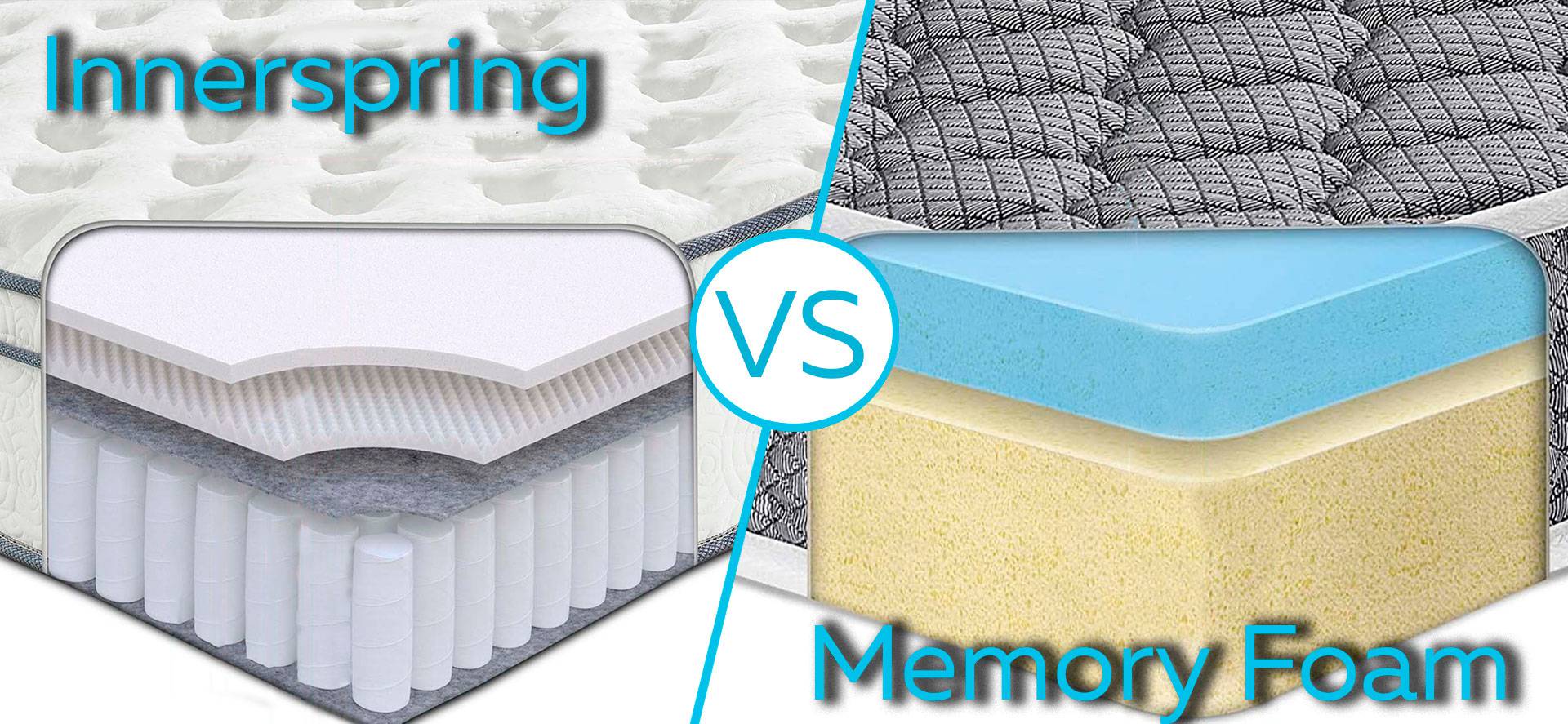
The Importance of Choosing the Right Mattress for Your Baby's Crib
 When it comes to designing your baby's nursery, one of the most important decisions you will make is choosing the right mattress for their crib. After all, your little one will be spending a significant amount of time sleeping on it, and their comfort and safety should be top priority. With the wide variety of options available, it can be overwhelming to determine which type of mattress is best for your baby. Two popular choices are
cot mattress foam
and
innerspring
. Let's take a closer look at the differences between these two types of mattresses and which one may be the best fit for your little one.
When it comes to designing your baby's nursery, one of the most important decisions you will make is choosing the right mattress for their crib. After all, your little one will be spending a significant amount of time sleeping on it, and their comfort and safety should be top priority. With the wide variety of options available, it can be overwhelming to determine which type of mattress is best for your baby. Two popular choices are
cot mattress foam
and
innerspring
. Let's take a closer look at the differences between these two types of mattresses and which one may be the best fit for your little one.
The Benefits of Cot Mattress Foam
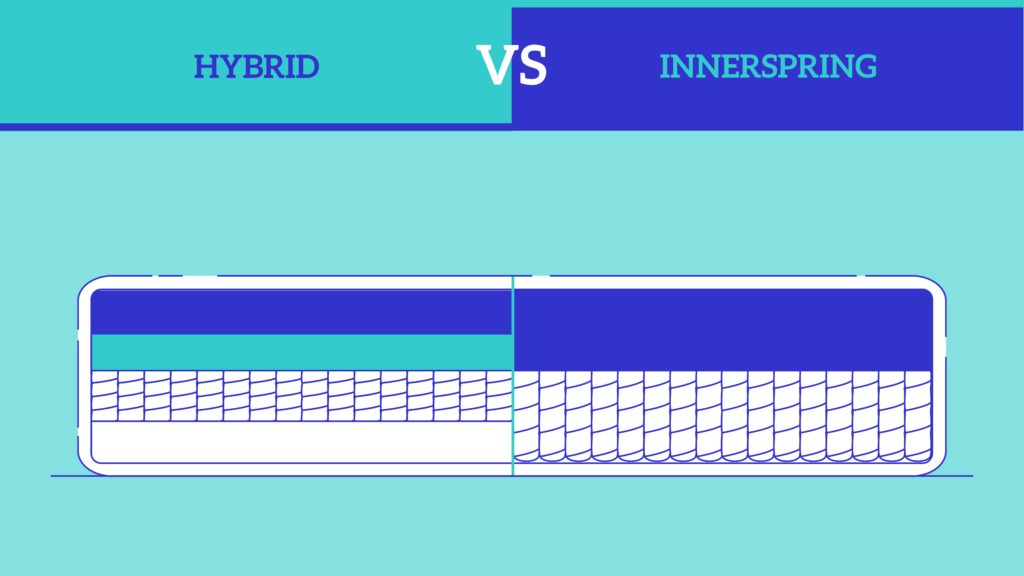 Cot mattress foam is made from high-density polyurethane foam and is a popular choice for parents. One of the main benefits of this type of mattress is its firmness, which is recommended by pediatricians to reduce the risk of Sudden Infant Death Syndrome (SIDS). The foam is also lightweight and easy to clean, making it a convenient option for parents. Additionally, foam mattresses have excellent breathability, allowing for proper air circulation and temperature control for your baby's comfort.
Cot mattress foam is made from high-density polyurethane foam and is a popular choice for parents. One of the main benefits of this type of mattress is its firmness, which is recommended by pediatricians to reduce the risk of Sudden Infant Death Syndrome (SIDS). The foam is also lightweight and easy to clean, making it a convenient option for parents. Additionally, foam mattresses have excellent breathability, allowing for proper air circulation and temperature control for your baby's comfort.
The Advantages of Innerspring Mattresses
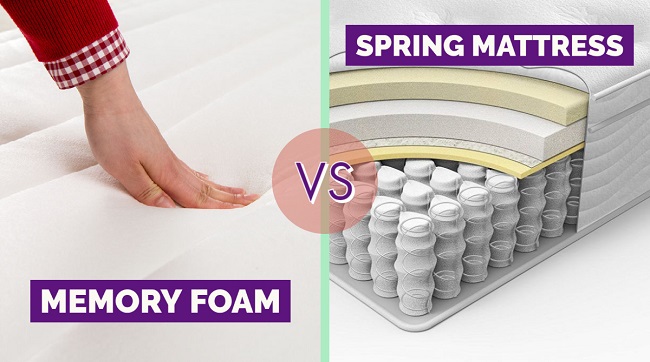 Innerspring mattresses, on the other hand, are made with steel coils and provide a firm and supportive surface for your baby to sleep on. The coils are designed to distribute your baby's weight evenly, which can help prevent sagging and provide better spinal support. Innerspring mattresses also tend to be more durable than foam mattresses, making them a good long-term investment for your baby's crib.
Innerspring mattresses, on the other hand, are made with steel coils and provide a firm and supportive surface for your baby to sleep on. The coils are designed to distribute your baby's weight evenly, which can help prevent sagging and provide better spinal support. Innerspring mattresses also tend to be more durable than foam mattresses, making them a good long-term investment for your baby's crib.
Which One is Right for Your Baby?
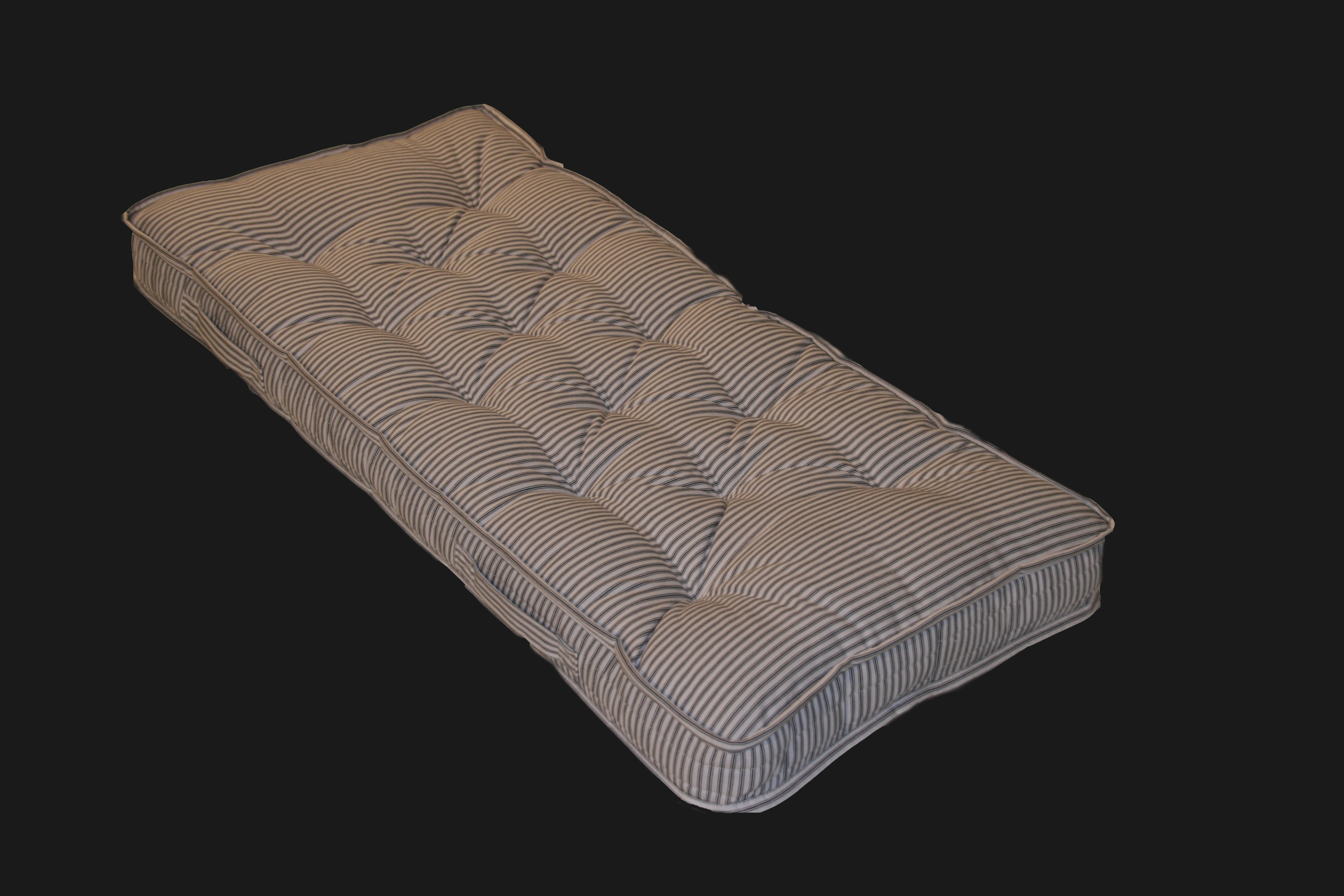 When it comes to choosing between cot mattress foam and innerspring, there is no one-size-fits-all answer. Each type of mattress has its own unique benefits, and the right choice for your baby will ultimately depend on their individual needs and preferences. If your baby requires extra support or has allergies, a foam mattress may be the best option. If you are looking for a more durable and long-lasting mattress, innerspring may be the way to go. It is important to carefully consider your options and choose a mattress that meets safety standards and provides the best comfort for your little one.
In conclusion, when it comes to the battle of cot mattress foam vs innerspring, both have their own advantages and it ultimately comes down to personal preference. Whichever type of mattress you choose, make sure it is from a reputable and trusted brand, and always prioritize your baby's safety and comfort. After all, a good night's sleep for your baby means a good night's sleep for you as well.
When it comes to choosing between cot mattress foam and innerspring, there is no one-size-fits-all answer. Each type of mattress has its own unique benefits, and the right choice for your baby will ultimately depend on their individual needs and preferences. If your baby requires extra support or has allergies, a foam mattress may be the best option. If you are looking for a more durable and long-lasting mattress, innerspring may be the way to go. It is important to carefully consider your options and choose a mattress that meets safety standards and provides the best comfort for your little one.
In conclusion, when it comes to the battle of cot mattress foam vs innerspring, both have their own advantages and it ultimately comes down to personal preference. Whichever type of mattress you choose, make sure it is from a reputable and trusted brand, and always prioritize your baby's safety and comfort. After all, a good night's sleep for your baby means a good night's sleep for you as well.


